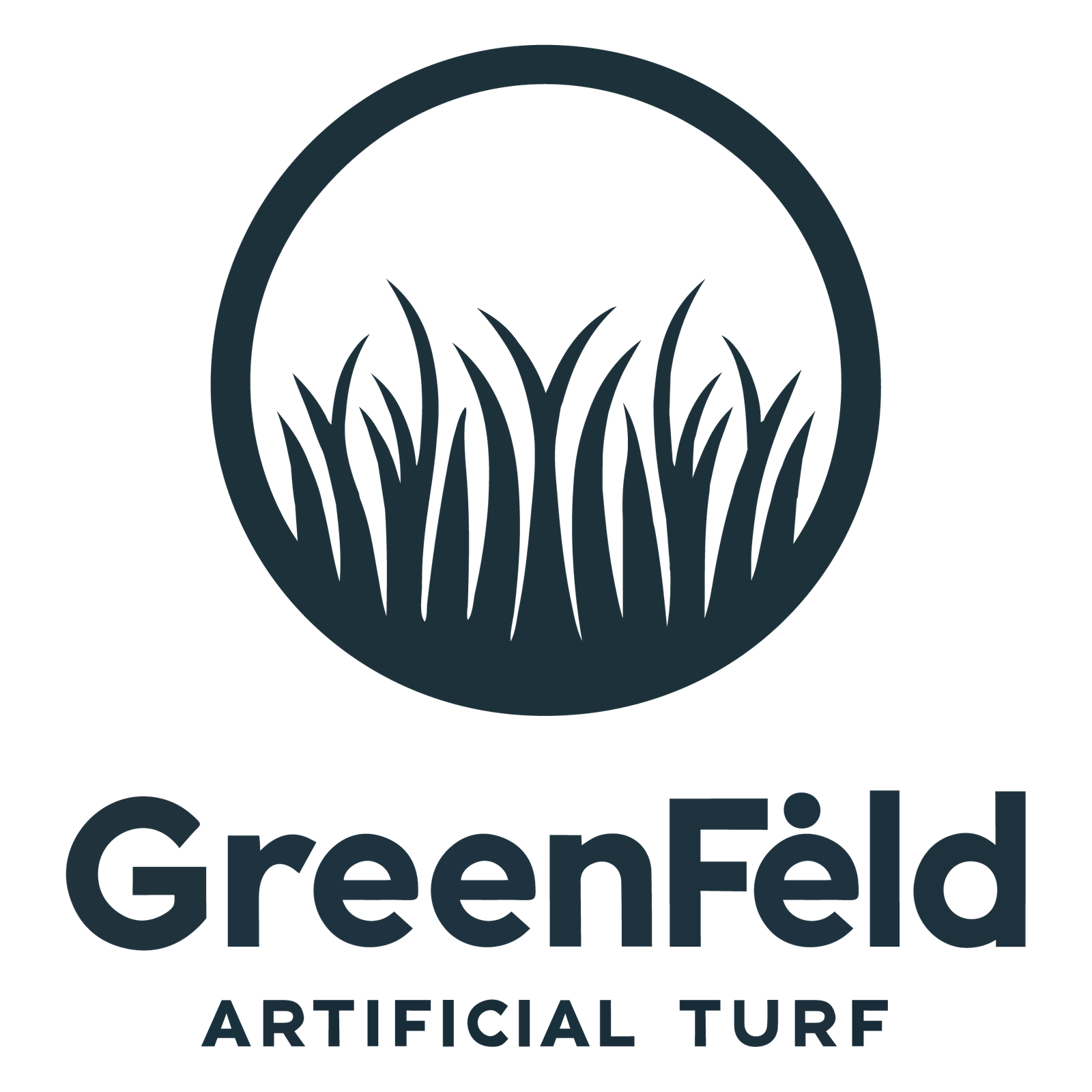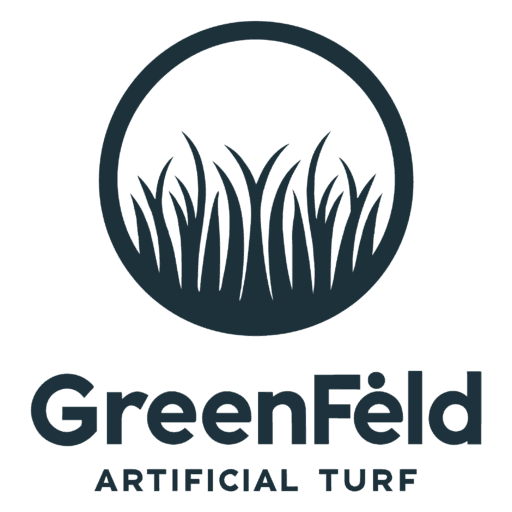Thinking about installing synthetic grass but unsure if it's truly worth it? Making the wrong choice could mean dealing with unexpected mold, weeds, odors, or extra maintenance.
Synthetic grass offers advantages like low maintenance, consistent aesthetics, and year-round greenery, but potential downsides include mold, weeds, and odors if not properly installed or maintained.

Advantages and Disadvantages of Synthetic Grass
Let’s explore the common concerns, such as mold growth, weed infiltration, and odors after rain, so you can make a confident decision.
Does mold grow under artificial grass?
Worried your beautiful artificial garden could secretly host mold beneath the surface? Ignoring this risk could lead to costly repairs or health concerns later on.
Mold can potentially grow under artificial grass, especially in damp or shaded areas with poor drainage. Proper installation and drainage layers significantly reduce this risk, ensuring a mold-free lawn.

Mold under artificial grass
Factors That Influence Mold Growth Under Artificial Grass:
| Factor | Mold Risk Level | How to Prevent Mold |
|---|---|---|
| Poor drainage | High | Install a drainage base, like crushed rock or gravel |
| Shaded areas | High | Improve drainage, regular cleaning, antifungal treatments |
| Inadequate Installation | High | Ensure professional installation and proper drainage |
| Regular exposure to moisture | Moderate | Periodic cleaning, antimicrobial infill products |
In my experience at GreenFiend, proper drainage and high-quality installation materials significantly reduce mold issues. Installing synthetic grass in shaded, damp areas without a proper drainage base can lead to mold accumulation. However, with careful planning, mold growth under artificial grass becomes extremely unlikely, even in rainy climates. Simple measures, such as using antimicrobial infill or ensuring efficient drainage systems, protect your investment from mold damage, preserving your garden’s beauty.
Do weeds grow through artificial turf?
Tired of constantly battling weeds in your natural lawn? Worried they might still appear after installing synthetic grass?
Weeds rarely grow through properly installed artificial turf because a protective weed barrier prevents growth. However, weeds may occasionally appear around edges or through poorly-installed seams.

Weeds in artificial turf
Common Causes and Solutions for Weed Growth:
| Cause of Weed Growth | Frequency | Prevention Method |
|---|---|---|
| Inadequate weed barrier | Common | Use high-quality weed barrier during installation |
| Improper seams installation | Moderate | Ensure tight, secure seams |
| Unmaintained edges | Moderate | Regular edge maintenance |
| Airborne seeds | Moderate | Regular brushing or blowing off debris |
From my experience working with various clients globally, weeds typically appear when installations lack quality workmanship or when gardens are neglected. A professionally installed artificial lawn with a strong weed barrier rarely sees weed infiltration. Minor weeds appearing from seeds carried by wind can easily be removed by basic routine cleaning. By investing in professional installation and periodic upkeep, synthetic lawns significantly minimize weed problems compared to natural grass, saving you considerable maintenance time.
Does artificial grass smell after rain?
Concerned your artificial grass garden might develop unpleasant odors after rainy weather? Unwanted smells could negatively impact your outdoor enjoyment or guests' experiences.
Artificial grass rarely smells after rain if it has proper drainage and is regularly maintained. Poorly drained turf or pet waste buildup may cause temporary odors after moisture exposure.

Artificial grass smell after rain
Factors That Cause or Prevent Odors in Artificial Grass:
| Factor | Odor Likelihood | Effective Solutions |
|---|---|---|
| Poor drainage | High | Proper base layer, professional installation |
| Pet waste buildup | High | Regular cleaning, pet-friendly infill |
| Infill material used | Moderate | Choose odor-neutralizing or antimicrobial infill |
| Lack of regular cleaning | Moderate | Periodic rinsing or deodorizing treatments |
At GreenFiend, I've encountered clients concerned about unpleasant odors, especially in humid climates or after heavy rains. Proper installation and a good drainage system almost always solve these issues. Regular maintenance, such as rinsing the grass periodically or using odor-neutralizing infill, significantly reduces or completely prevents any odors. Paying close attention to drainage and upkeep allows artificial grass to stay fresh-smelling and attractive, even in wet conditions.
Conclusion
Artificial grass offers clear benefits like reduced maintenance and consistent aesthetics, yet proper installation, drainage, and upkeep are vital to avoiding common disadvantages like mold, weeds, or odors.

